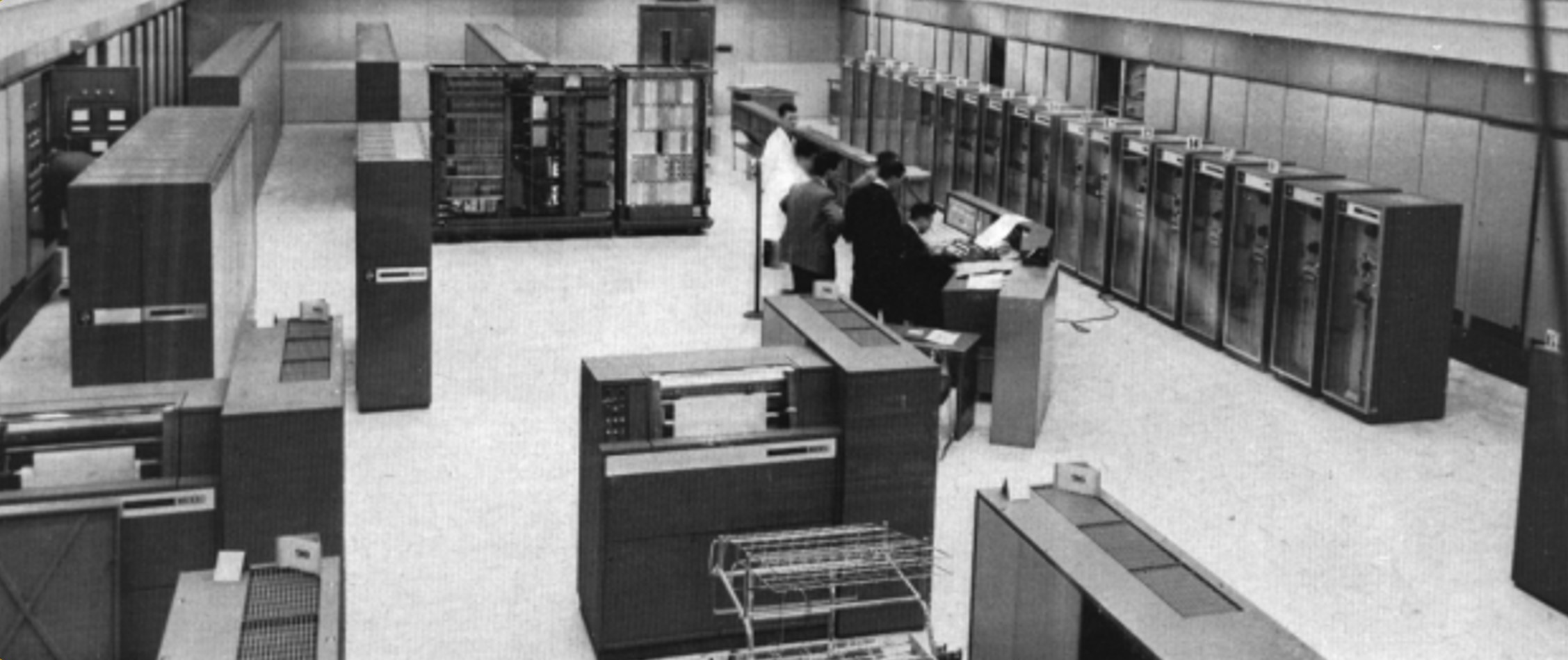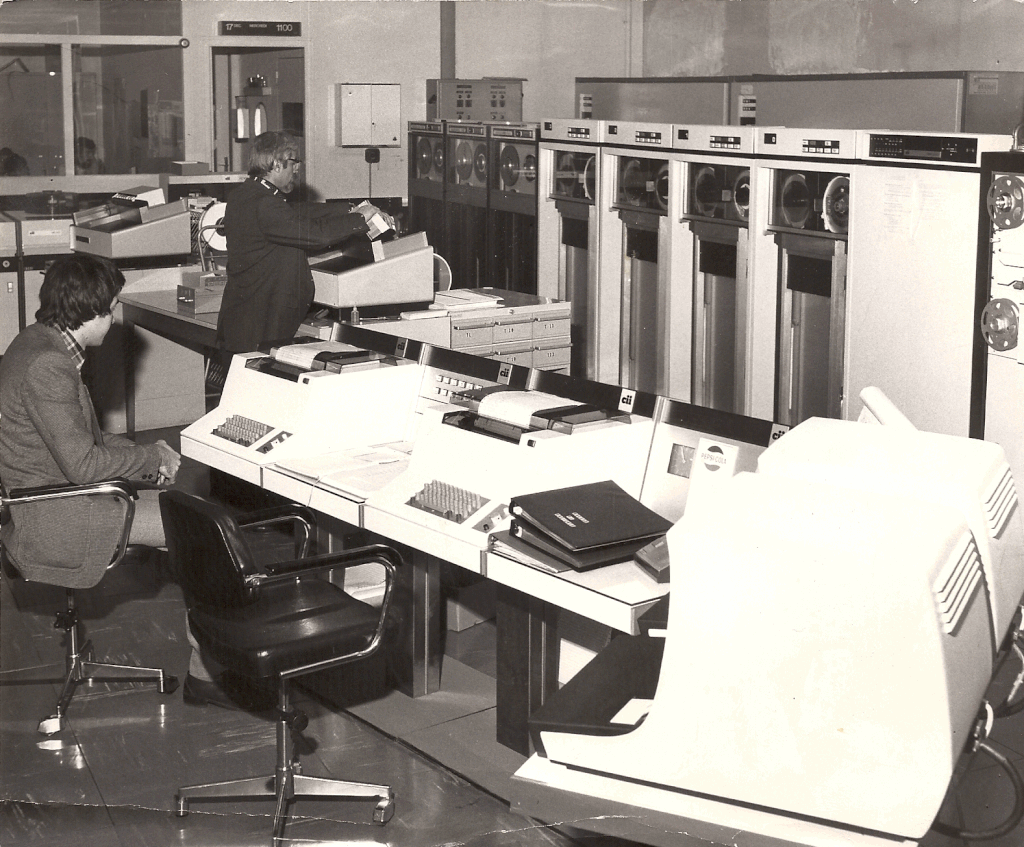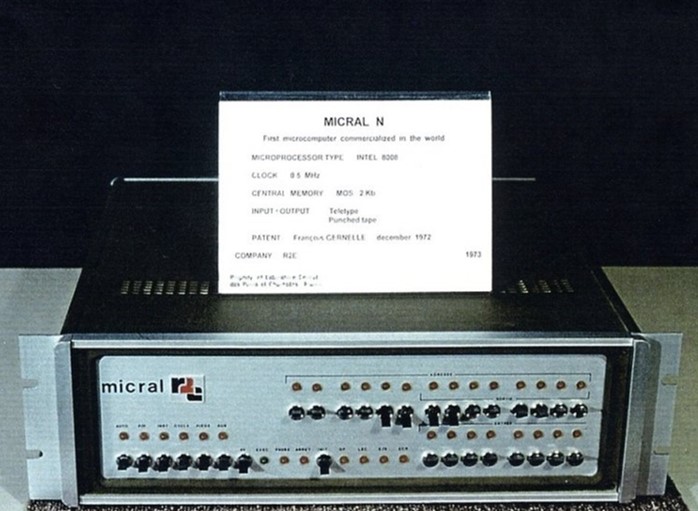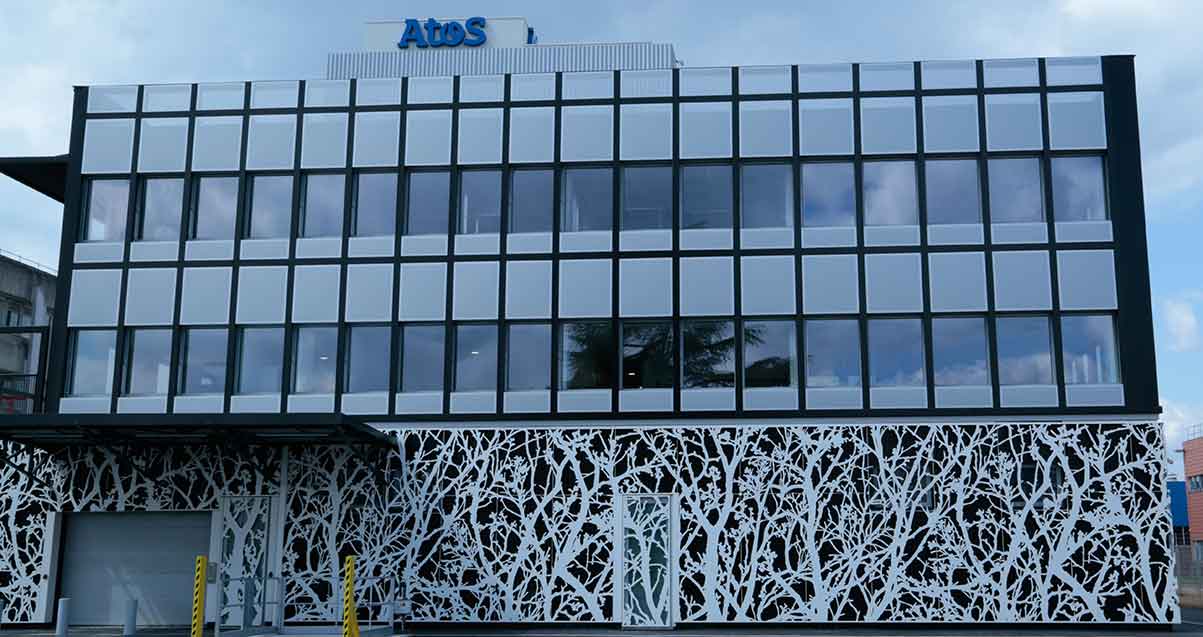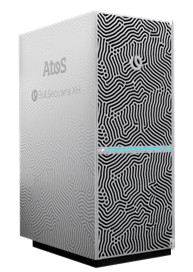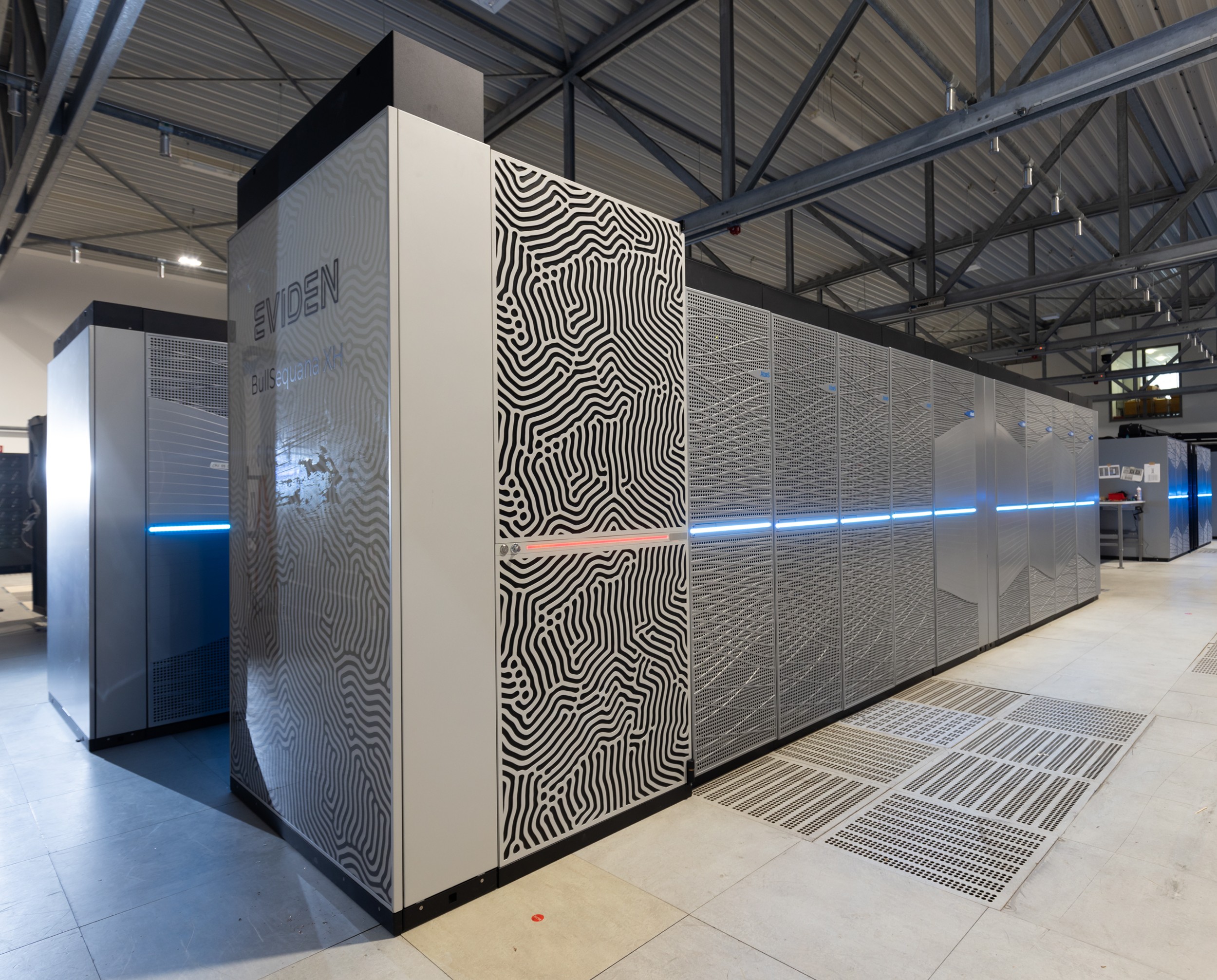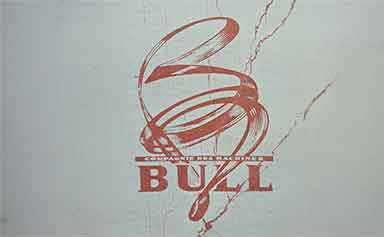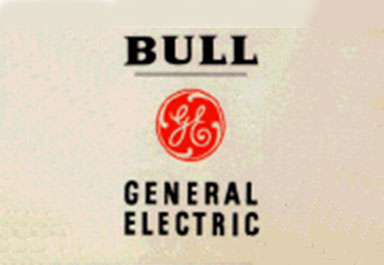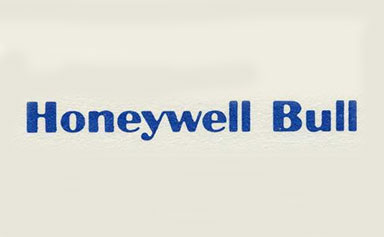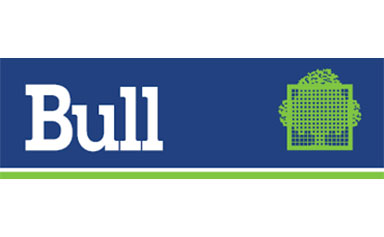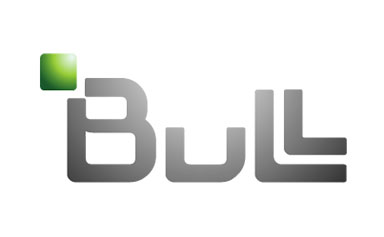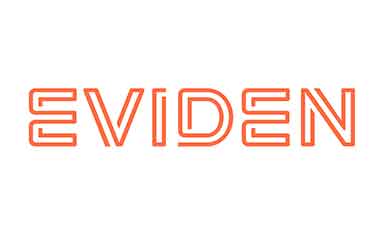The beginning of Bull
In order to exploit the patents for statistical machines registered by the engineer Fredrik Rosing Bull (1882-1925) in the 1920s, the company “H.W. Egli-Bull, a subsidiary of the Swiss company H.W. EGLI, was founded in France in 1931, offering a potentially larger market than in Switzerland.
Located at 92 bis avenue Gambetta, it specialized in the manufacture of tabulators, punched card sorters and punching machines, which were constantly being improved to the great satisfaction of users.
The T30 tabulator was the first machine to be produced by the new company. It was equipped with an innovative printing device based on a wheel system that enabled it to print numeric and alphanumeric characters faster than its competitors. Bull’s pioneering spirit, the innovative approach of its business and the financial support of the users’ association and then of the Calliès-Aussedat family contributed to its success against its main competitors: IBM and Remington Rand.
In 1935, with a fleet of more than 60 pieces of equipment installed – including the T30 and T50 tabulators with the fastest printing system on the market, protected by a patent allowing the company to keep this advantage – the Group experienced a real boom and expanded its activity internationally. Under German occupation, Bull became the first supplier of mechanography to the National Statistics Service (SNS), the predecessor of INSEE. In 1948, Bull overtook IBM in the French market.
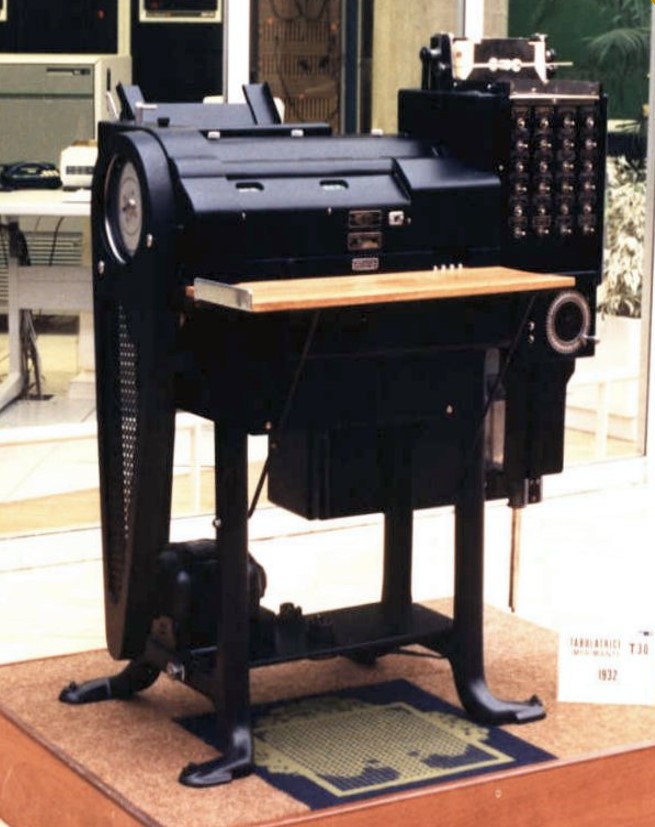
Tabulator T30
Gamma 60 located at Gare d’Auteuil in Paris (1960 to 1966)
In the early 1950s, the introduction of the first Gamma 3 electronic computer, using electronic tubes, marked Bull’s shift from “classic” mechanography to electromechanics. After the success of its previous Gamma computers, Bull launched into the design of a new generation computer in the mid-1950s: the Gamma 60, the first multi-processor and multi-task computer. Transistors replaced electronic tubes, drums or ferrite core memories were used as working memory and tape drives as mass memory.
After the Gamma 30, the Gamma 60 was manufactured in the new factory in Angers, the Group’s most advanced. Its design required significant financial outlay for research and development, and its release onto the market was delayed: Bull was facing financial difficulties.
Bull General Electric
In the absence of a national solution to maintain a French computer industry in France, Bull and the American company General Electric join forces. An agreement, approved by the public authorities in May 1964, enables the rescue of Bull, which becomes a holding company and controls three subsidiaries: the industrial company Bull-General Electric (SIBGE), the company Bull-General Electric (BGE) and the commercial promotion company Bull (PCB).
Following the takeover of Bull, French IT became almost non-existent. The French state therefore launched the “Plan Calcul” in 1966 with the creation of the “information delegation”, in order to maintain and safeguard a national IT industry and to meet the needs of national defense as well as its independence from the United States.
As a result, several companies were created: the Compagnie Internationale pour l’Informatique (CII), the Société anonyme de systèmes et périphériques associés aux calculateurs (Sperac) and the Société européenne de semi-conducteurs et micro-électronique (Sescosem), as well as a public research organization: Iria (now Inria).
In 1967, CII designed and produced its first computer, the Iris 50, followed in 1969 by its most powerful computer, the Iris 80.
In the early 1960s, Bull inaugurated its new factory in Angers, where it improved the design of multi-tasking and multi-processor computers.
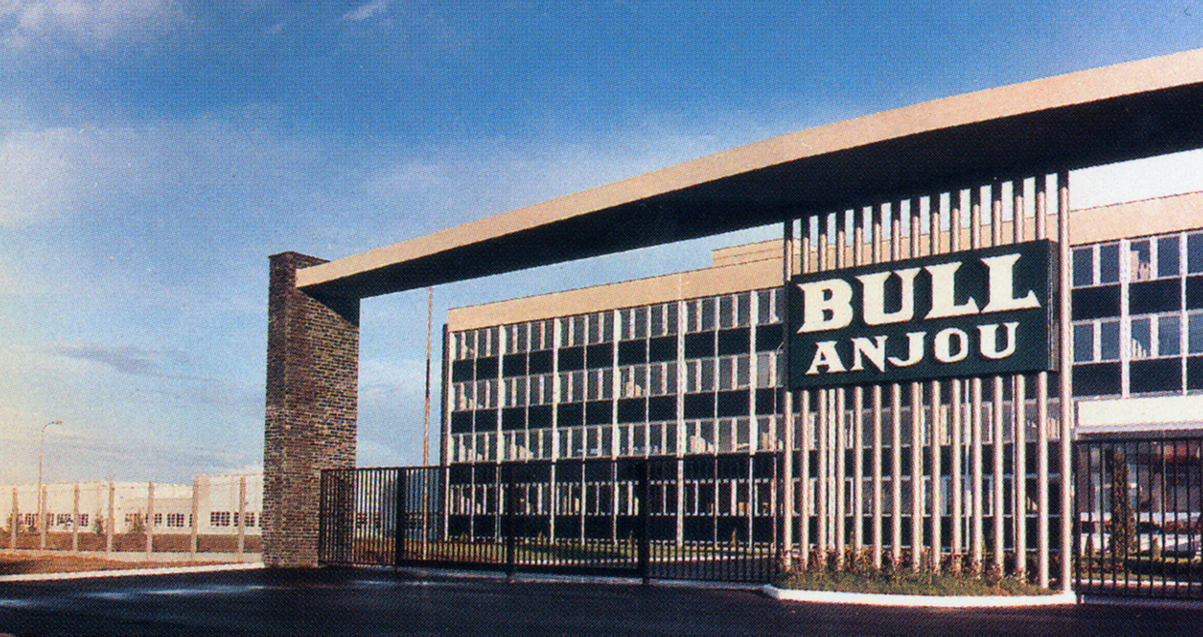
Factory of Angers in the 1960s
© DR / Archives of Saint-Gobain
CII-Honeywell-Bull
In 1970, the American company Honeywell Inc. acquired Bull-GE, renaming it Honeywell-Bull and making it its main subsidiary. Five years later, it merged with Compagnie Internationale de l’Informatique (CII) and took the name CII-Honeywell-Bull.
From 1975, Bull experienced a period of strong growth, mainly due to company acquisitions and mergers. But these mergers were the cause of much political debate, as some saw them as contrary to the technological independence initially advocated by the French IT company.
In addition, the Group faced the difficulty of defining a common identity and establishing a coherent strategy for products from Honeywell Systems, Honeywell Bull, Bull-GE and CII.
To bring the product lines together, the “Unisys program” was launched in 1976. In 1978, CII-HB acquired a 60% controlling interest in the French company R2E, which had developed Micral, the first microcomputer based on a microprocessor.
Bull Group
CII-Honeywell-Bull was nationalized in 1982 by the French government and took the name “Bull Group”, which recalled its history and affirmed the company’s singularity. Jacques Stern, founder and former CEO of the Société d’études des systèmes d’automation, was appointed head of the company.
In 1987, NEC, Honeywell and Bull created the subsidiary Honeywell Bull Inc., renamed Bull HN two years later when Bull took control, holding 65.1% of the capital. Twenty-five years after its creation, the Angers factory was the largest computer manufacturing center in Europe and Bull was the leading European computer manufacturer, with 45,000 employees.
The reconquest of the international market in 1989 came about through the acquisition of the IT activities of Zenith, a major American manufacturer of laptop computers, and through two large-scale technical and commercial agreements with IBM in 1992 and then Packard-Bell in 1993.
Bull then consolidated its position as a global player, with more than 60% of its business conducted abroad, and regained competitiveness by marketing products that better met market needs, such as the Bull Questar and Bull Micral ranges, and in the field of large systems (Bull DPS 7000 and 9000).
Bull – Headquarter Les Clayes-sous-Bois
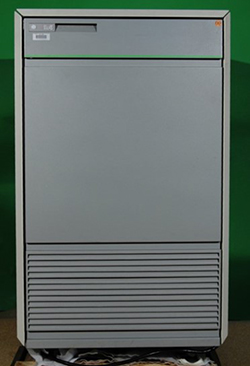
DPS 7000
In the 2000s, Bull made a major investment in the field of supercomputers, becoming the leading manufacturer in the industry. This included the production of CURIE (see photo), the most powerful European computer with a processing capacity of two million billion operations per second.
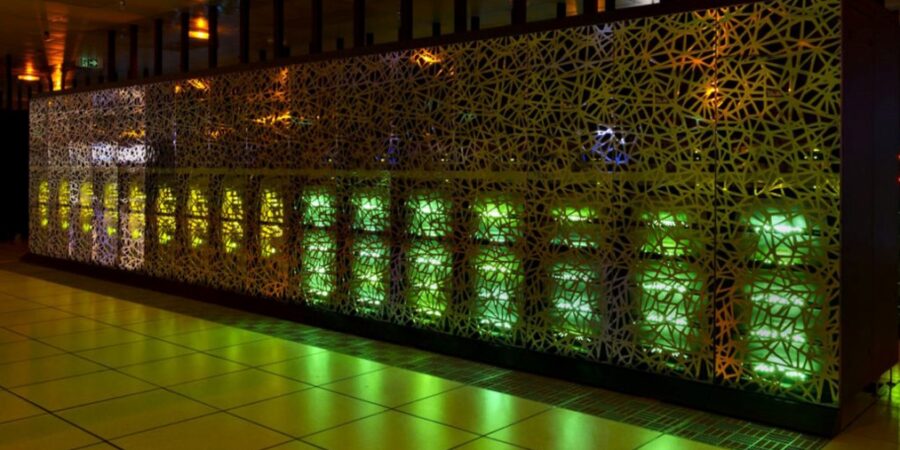
Supercomputer CURIE
Atos
By joining the Atos group in 2014, Bull definitively entered the pre-exascale HPC market, especially with announcements relating to supercomputers: From 2015 to 2020, Atos unveiled almost one machine per year, including the BullSequana (2016) and the JUWELS (2020), reaching a computing power of 25 and 44.1 petaFlops respectively.
In 2022, Atos unveiled the BullSequana XH3000, its new “exascale-class” hybrid supercomputer. Designed and manufactured in Angers for the standard requirements of intensive computing in energy, health and geology, the XH3000 is recognized as one of the most powerful and energy-efficient supercomputers in the world, providing computing power designed to exceed ExaFlops (a billion billion operations per second).
Atos Les Clayes-sous-Bois
Eviden
In 2022, the Atos Group announced a transformation plan that aims to split the group’s activities into two companies: Atos Tech Foundations, combining managed services, digital workspaces and professional services, and Eviden for fast-growing markets around cybersecurity, advanced computing, AI and the cloud. Bull’s historical activities are grouped together in the new Eviden entity, which will become a commercial brand in 2023.
In 2023, the Group is selected to lead the consortium in charge of building Europe’s very first exascale supercomputer. Called JUPITER, this system, designed for the Jülich Research Center in Germany, is based on the architecture of the BullSequana XH3000. It will quickly rank among the most powerful systems in the world.
Every year, several of our systems are recognized by reaching the first places in the TOP500, the prestigious world ranking of the most powerful supercomputers, as well as the GREEN500, which lists the most energy-efficient systems and still manufactured in our factory in Angers.
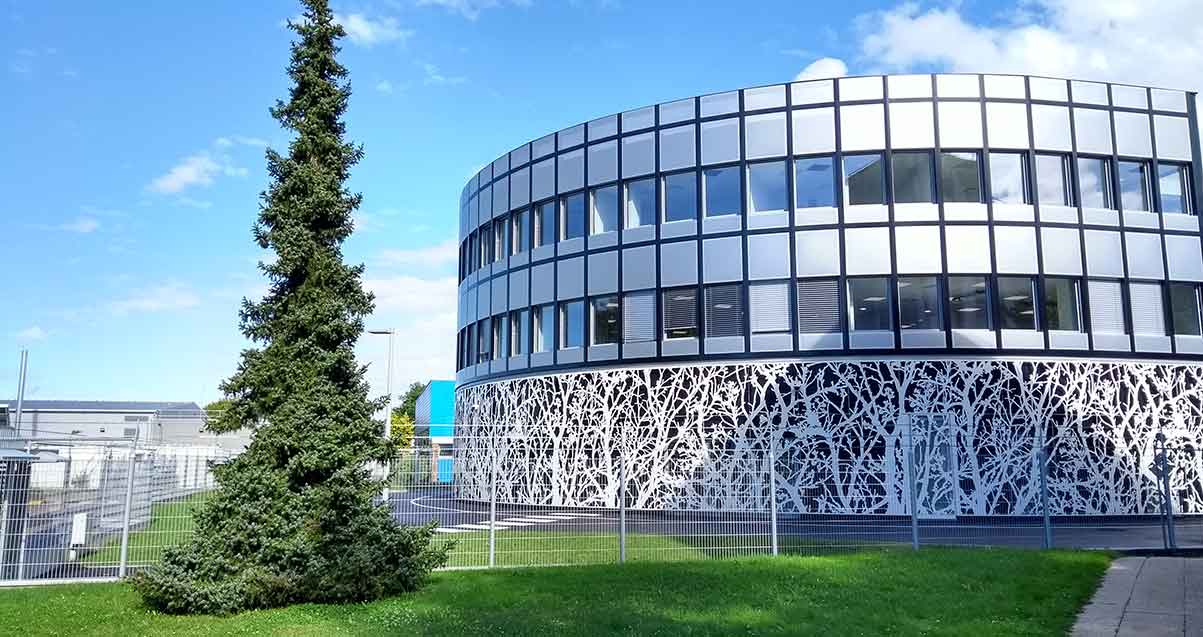
Eviden Les Clayes-sous-Bois
